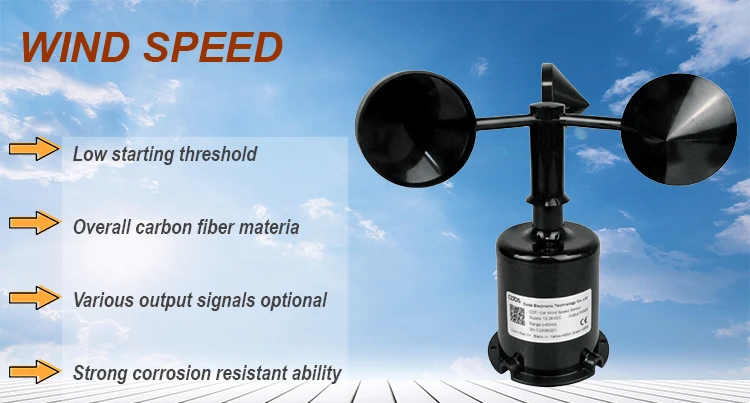Wind Direction Measuring Instrument

# Wind Direction Measuring Instrument
## Understanding Wind Direction Measurement
Measuring wind direction is crucial for various applications, including weather forecasting, aviation, marine navigation, and environmental monitoring. A wind direction measuring instrument, often called a wind vane or weather vane, is specifically designed to determine the direction from which the wind is blowing.
## How Wind Direction Instruments Work
The most common type of wind direction measuring instrument consists of a freely rotating vane that aligns itself with the wind direction. The vane typically has an asymmetrical shape, with a larger surface area on one end to catch the wind and ensure proper alignment.
Modern wind direction sensors often use potentiometers, optical encoders, or magnetic sensors to convert the vane’s position into an electrical signal that can be read by data loggers or weather stations.
## Types of Wind Direction Measuring Instruments
### 1. Traditional Wind Vanes
These are the classic arrow-shaped instruments seen on rooftops and weather stations. They provide visual indication of wind direction but require manual observation.
### 2. Electronic Wind Vanes
Electronic versions incorporate sensors to provide digital output, making them suitable for automated weather stations and remote monitoring systems.
### 3. Combined Anemometers
Many modern weather stations combine wind direction and speed measurement in a single instrument, often using ultrasonic or laser-based technology.
## Applications of Wind Direction Measurement
– Weather forecasting and climate studies
– Aviation for airport operations and flight planning
– Marine navigation and ship routing
– Wind energy assessment for turbine placement
– Agricultural planning and pesticide application
– Air quality monitoring and pollution dispersion studies
## Factors Affecting Measurement Accuracy
Several factors can influence the accuracy of wind direction measurements, including instrument placement, nearby obstructions, and calibration. Proper installation at sufficient height above ground level is essential for reliable data.
## Maintenance and Calibration
Regular maintenance of wind direction instruments includes:
– Checking for mechanical obstructions
– Verifying sensor alignment
– Cleaning moving parts
– Periodic calibration against known reference points
## Future Developments
Advancements in wind direction measurement technology include:
– Miniaturized sensors for portable applications
– Improved materials for harsh environments
– Integration with IoT systems for real-time monitoring
– Enhanced data processing algorithms for more accurate readings
As technology continues to evolve, wind direction measuring instruments are becoming more precise, reliable, and accessible for various professional and amateur applications.
Keyword: instrument measure wind direction
